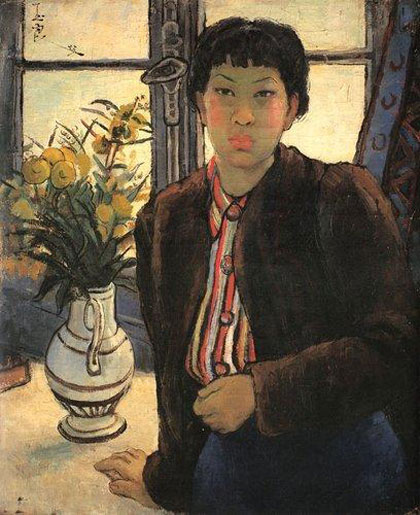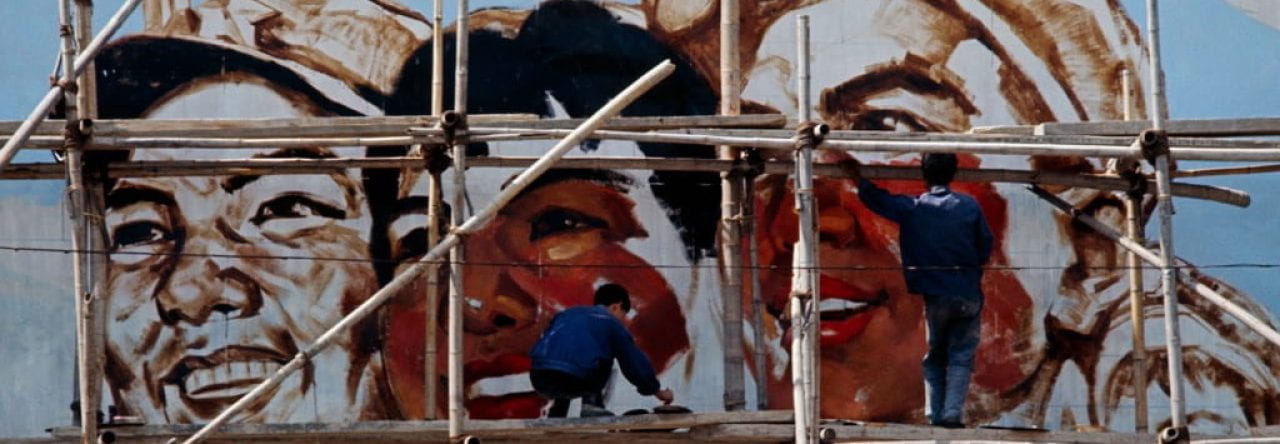
-Pan Yuliang, Self-Portrait, 1945
Pan Yuliang was born in China on June 14, 1895, and died in France on July 22, 1977. The Qing dynasty was overthrown during her teenage years, bringing in a new era, the Republic of China. This caused China to be in political disarray allowing for change throughout the country, including art. Pan was involved in the May Fourth Movement, and the goal was to get rid of the old Confucian values and bring in new modern ways from the West. As part of this movement, she adopted the modernist style often infusing it with impressionism with a bright color palette. She was most known for being the first Chinese woman to explore nude paintings of women and her representation of feminism. Nudity was seen as a symbol of freedom in the West. However, due to it being a taboo subject in China, painting the nude was seen as a perversion and a betrayal of art. Along with this being a tough subject, Pan being a woman, her background as a prostitute, and being a concubine did not make her life in the art world easy. Although she won many awards throughout her lifetime, she was never seen as equal to her male counterparts.
Bibliography:
Teo, Phyllis, et al. Rewriting Modernism: Three Women Artists in Twentieth- Century China: Pan Yuliang, Nie Ou and Yin Xiuzhen. Leiden University Press, 2016.


Sheri Lullo
There are lots of ways you might shape an exhibition around the work of Pan Yuliang. You might focus on these early images of women by a woman. She has also made lots of paintings of mothers and their children, so she was also addressing the female experience at this time in China. Of course, she found more freedom to work outside of China, which is notable in the case of a female painter.